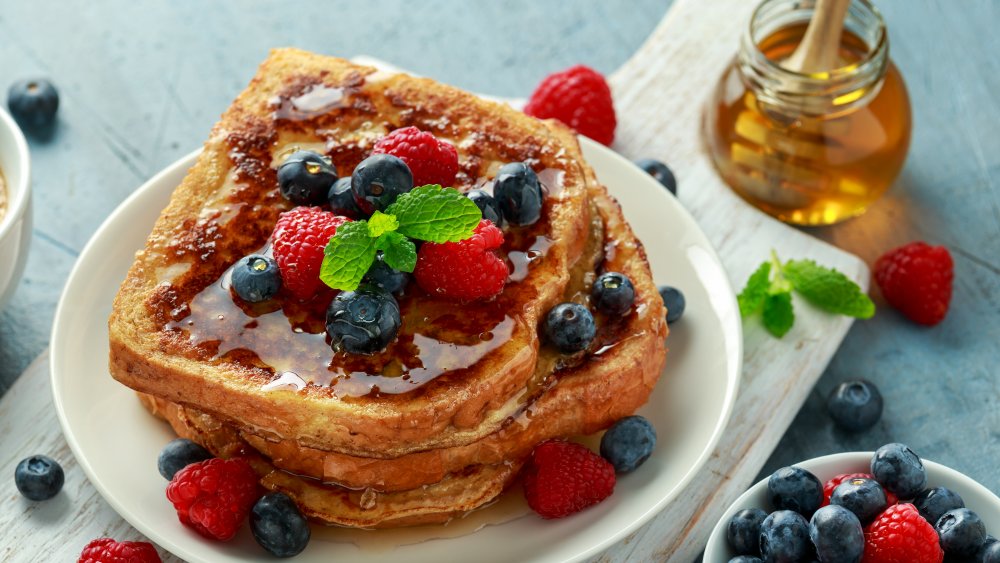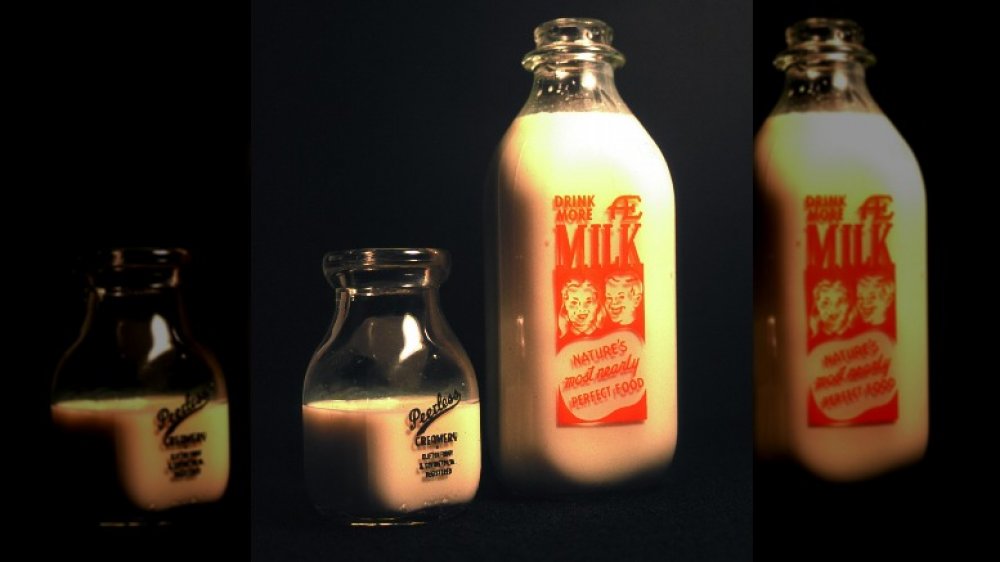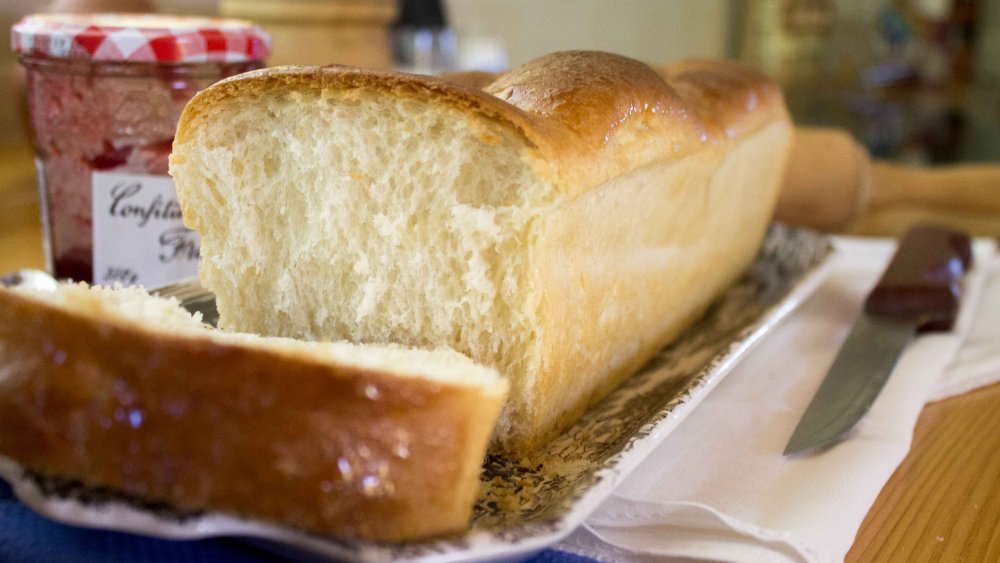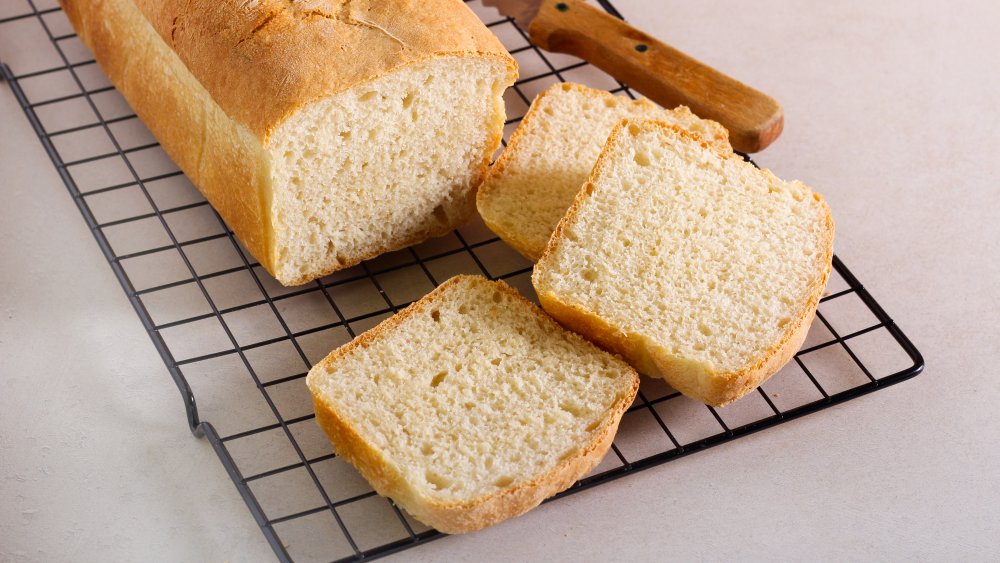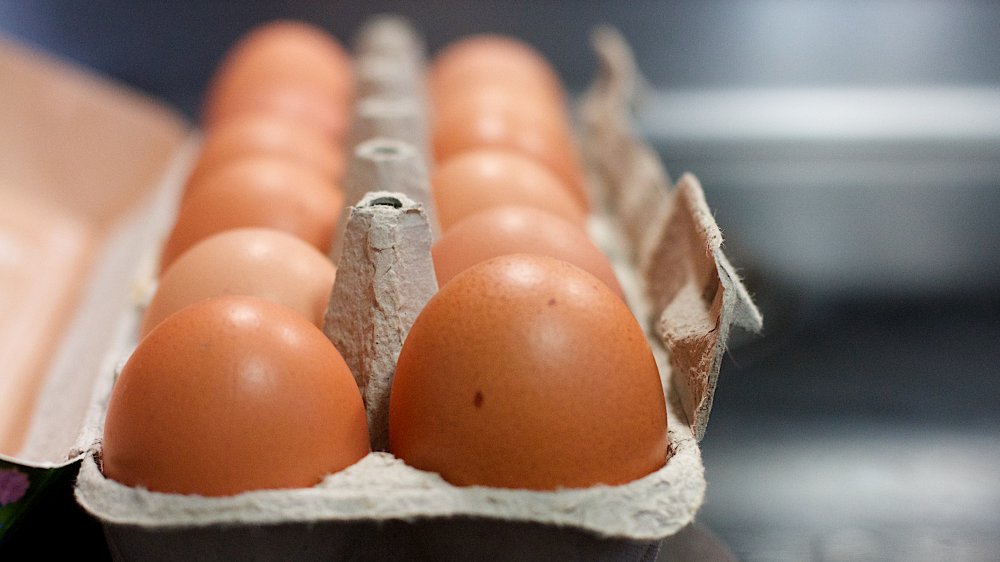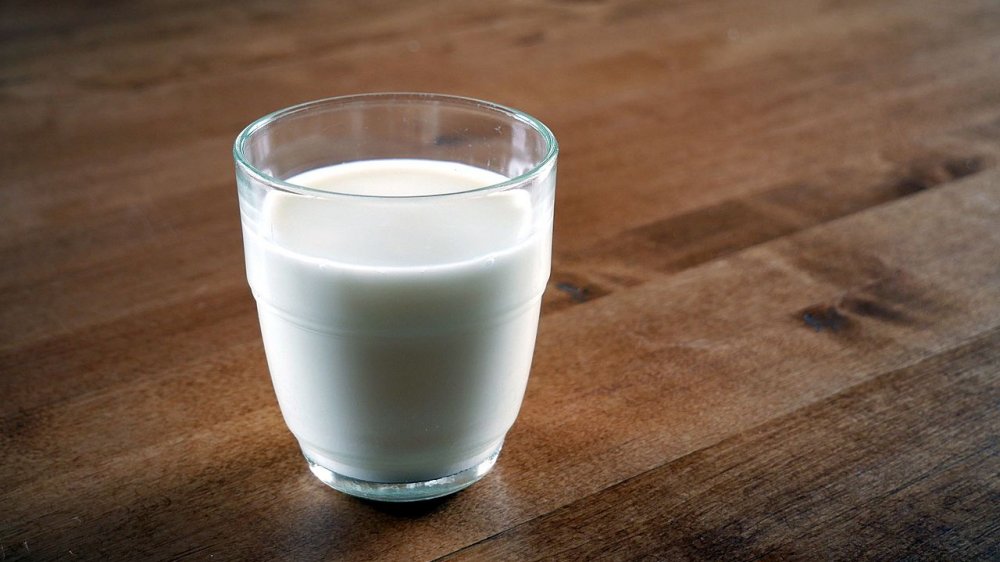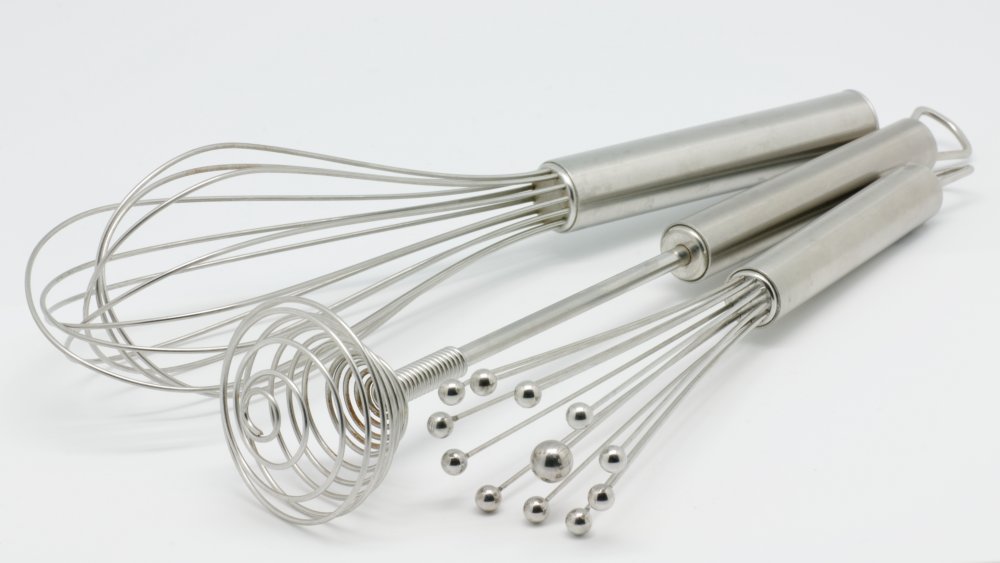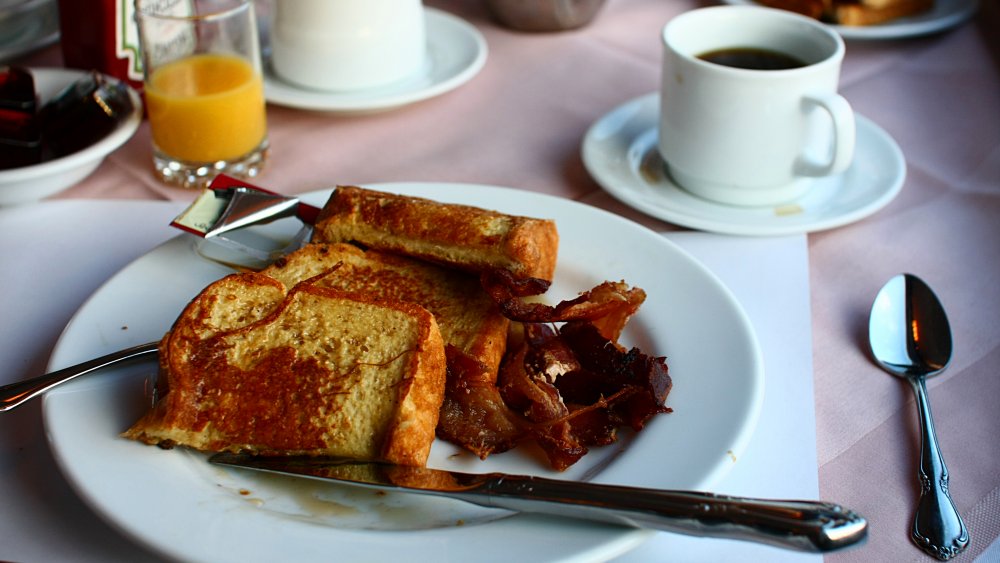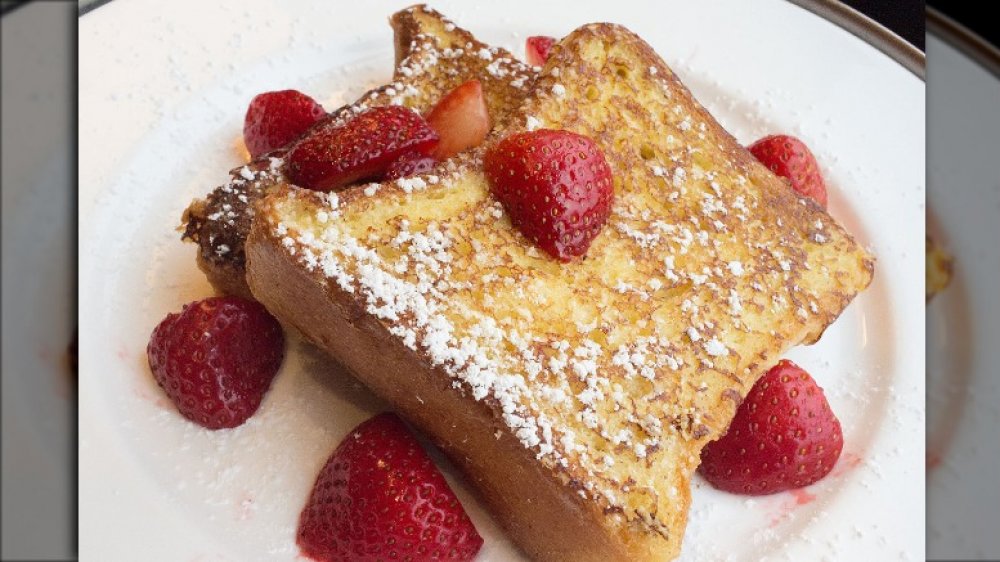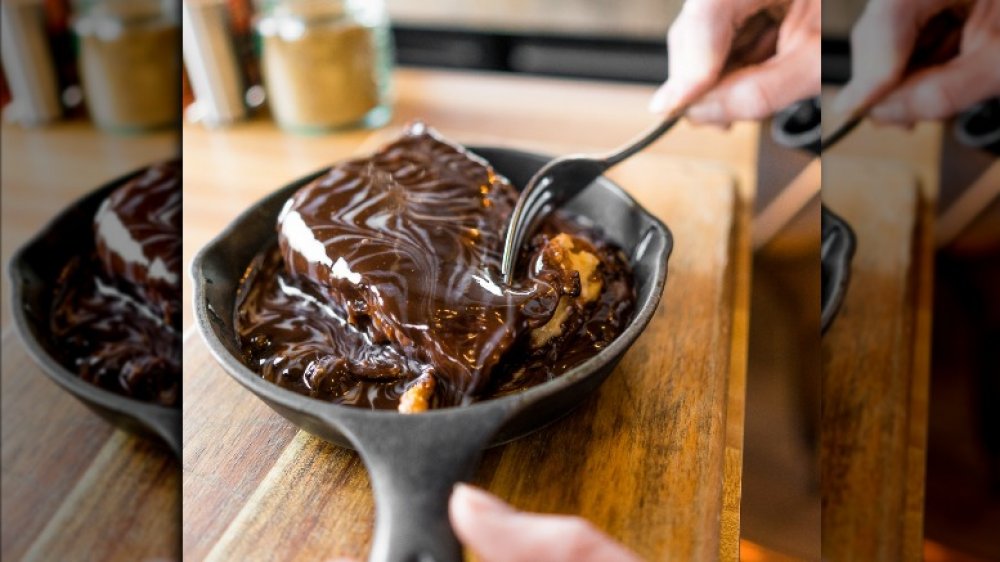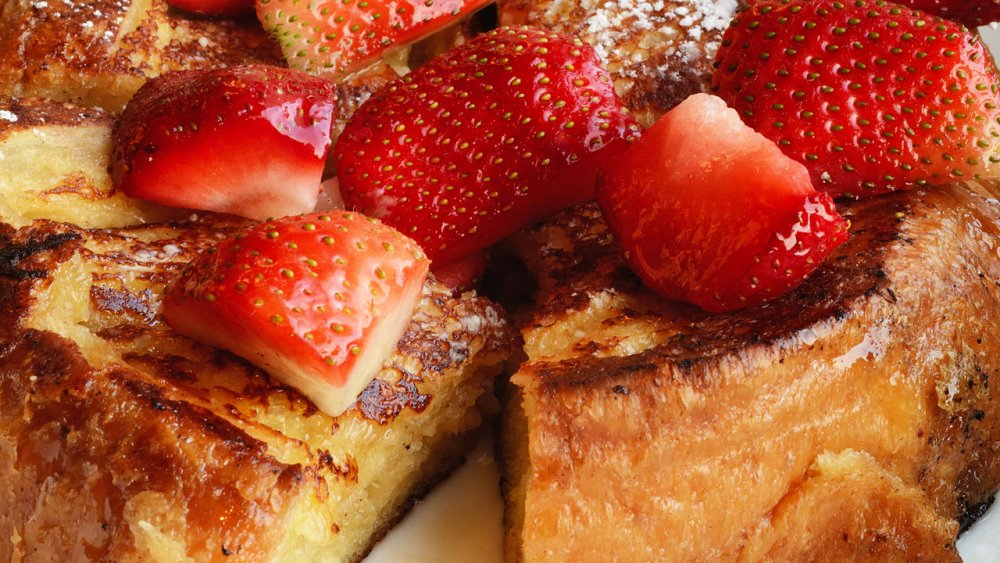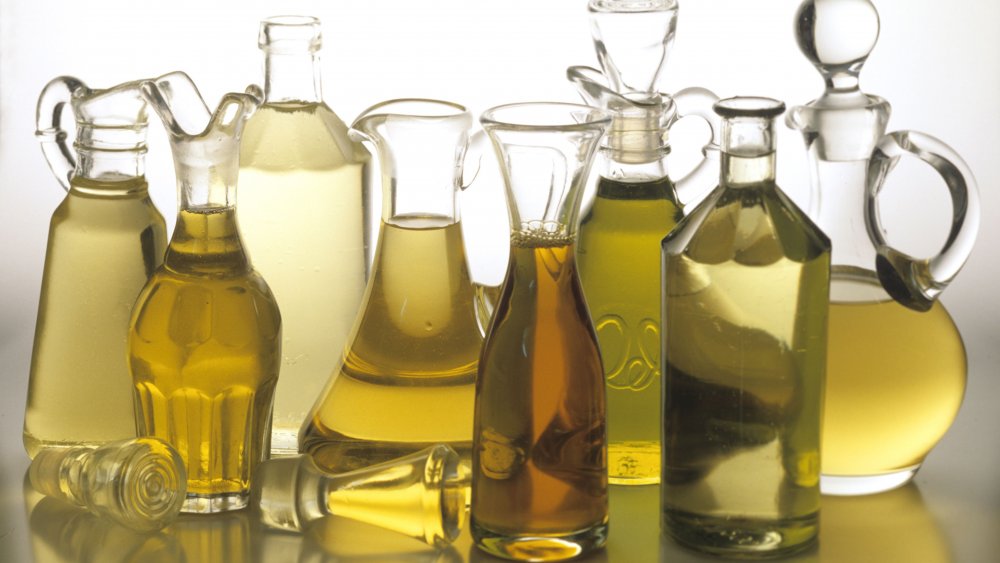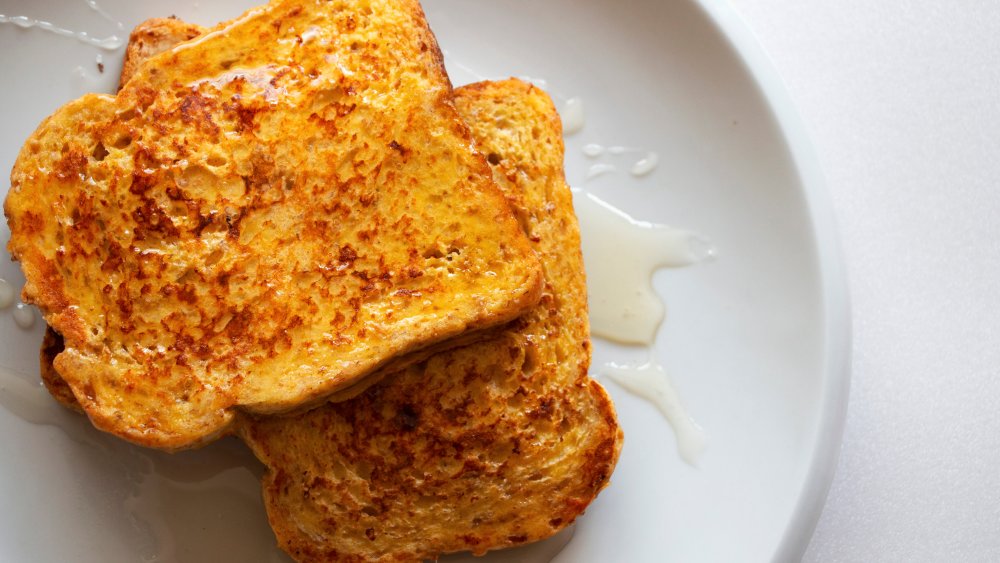Mistakes You're Making With Your French Toast
French toast is quite possibly the highest form of brunch food. People have been going starry-eyed over this dish for millennia. According to the Biblical Archaeology Society, the earliest version of French toast was actually known to the Romans as aliter dulcia. It doesn't contain egg, though the rest of the process is pretty familiar.
Slate reports that this dish has had many names over the intervening years. These include pain perdu ("lost bread"), arme ritter ("poor knight"), and "nun's toast". In the early 2000s, the cafeteria of the House of Representatives even briefly renamed it "Freedom toast." Yes, says Mental Floss, this is also from the same era of "freedom fries" when France refused to join a "coalition of the willing" to instigate war against Iraq.
Fortunately, you don't have to get embroiled in an international conflict to make French toast. Why, then, is it still sometimes so hard to make a decent piece of French toast? How often have you tried to attain brunch glory, only to come up with something burned or undercooked and clearly far below your dreams? It can be a crushing defeat, especially if you were hoping to impress some people, not to mention your own taste buds.
It's not all so bad. Making a delightful piece of French toast will require some attention and forethought, but with a little practice and these hints, you can soon sail gracefully through the process. Surely, even the best chefs will envy your prowess in the kitchen.
Going overboard with dairy and sugar in your French toast
Like so many things in the world of cooking and baking, you've got to be careful with your ratios. Too much of one ingredient or not enough of another, and whatever you're making can turn out dramatically different than the example. This isn't to say you should crumple into despair when confronted with French toast or any other recipe. Just take a deep breath and pay attention.
For French toast, the amount of ingredients can make all the difference in the finished product. Too much, says Bon Appetit, could turn your bread into a soggy mess. The same could happen if you measure out a bit too much dairy. Oversaturated bread will likely never get that beautiful, crispy texture on the outside of the very best French toast.
Too much sugar can simply make your French toast too sweet. Yes, this is generally a sugary treat, but balance is what really elevates this meal. Going too hard with the sugar in the beginning could overpower your palate, especially if you plan to top the finished dish with powered sugar, maple syrup, or for the overachievers amongst us, some sliced fruit. Remember to stay your hand a bit when you're dosing out the sugar. Your teeth will thank you.
Choosing the wrong bread for your French toast
The heart of French toast is, well, the toast. Yes, this is an obvious statement, but take a moment to really consider the basis of your French toast creation. The specific kind of bread that you pick can make or break the finished dish. That means you've got to spring for something at least slightly nicer than your standard sandwich loaf. It will be worth it, we promise.
What kind of bread should you pick, then? Generally, says The Kitchn, you should pick something pretty sturdy with a good structure that can soak up the custard. This doesn't mean you're going to sacrifice taste on the altar of texture, however. You would do well to use breads made with enriched dough, like brioche or challah. They have the dense crumb and overall structure that can stand up to a long soak in a bath of custard. They're also pretty tasty on their own. Someone has to eat the ends of the loaf, after all, and you may as well enjoy them.
Avoid weak white bread, which can quickly turn to mush. Also, turn away from rustic loaves like focaccia, which can have such an open structure that your egg custard will quickly leak away. Once you've procured your sturdy, fluffy bread, cut it into one-inch slices. That will allow enough space for the custard to saturate the bread without making it so thick or soggy that your slice won't cook through.
Forgetting to dry your bread for French toast
Wet bread is the enemy. You are a great intellect indeed if you can think of a genuinely tasty, fulfilling application for soggy, damp bread. For the rest of us, the sight of a saturated loaf is one of the most depressing things you can find in a kitchen.
Now, you probably are not going to be dealing with truly wet bread unless you've experienced a real kitchen disaster. If that's happened, you poor thing, the bread will have to go into the trash anyway. But even slightly moist slices of the stuff can throw off your French toast game. Yes, this may seem confusing at first. You will eventually saturate it with your custard, sure, but starting off with a properly dry bit of bread can help you achieve that beautiful crispy texture that's made French toast a favorite of the breakfast menu.
Getting that dry bread is actually fairly simple, reports Cook's Illustrated. You will have to take on another couple of steps, but take heart, as they're about as straightforward as one could hope. Preheat your oven to 300 degrees Fahrenheit. Grab an oven-safe wire rack and arrange your slices on the surface. Give the slices about eight minutes, flip them, and then wait another eight minutes more. This relatively simple sequence could be enough to make you the favorite of your local at-home brunch circle for a long time to come.
Using cold ingredients when making your French toast
Don't forget about your temperatures. This seems almost insultingly obvious, but it's shockingly easy to get over-eager and let your ingredients enter the mix either too cold or too hot. That can make the difference between French toast that is merely okay and French toast that could become transcendent.
Part of the temperature equation involves ingredients that are typically stored cold. Milk and eggs generally need to be brought up to room temperature, especially if your recipe involves melted butter. Cold ingredients can cause the melted fat to seize up and become unworkable and downright nasty. That butter can become chunky and, even worse, grainy.
Ideally, you will act like a responsible adult who always does the dishes after dinner and gets their taxes done by March, and therefore, you will have let the cold stuff sit on the counter for a while to warm up. We know that life happens, though, so thankfully Wonder How To has a good solution for the time-strapped cook. Run some warm, but not hot, tap water into a bowl. You can put your dairy into a heat-safe container, and let it and the eggs sit in the water bath to gently warm.
Using a low-fat milk for French toast
French toast isn't health food. Surely, you already know this and agree, or else you wouldn't be here in the first place. There's no shame in the occasional indulgence, anyway. While you're here, you might as well make the treat really count and use the richer stuff available to you.
It's not just a matter of treating yourself, however. Dishes like French toast really benefit from a good hit of full-fat ingredients. Using more watery substitutes, like two-percent milk or, if you dare to even think about it, skim milk, simply won't do. The results will be surely disappointing, a mere shade of what they could have been if you had only stayed the course and used full-bodied dairy instead.
For dairy, The Kitchn recommends using the full-bodied stuff like whole milk or half and half. When you bite into the finished product, you'll be glad that you didn't shy away from the dairy. The extra fat in the milk or half and half will up the creaminess of the French toast custard, helping make the center of your slice wonderfully smooth and delicious.
Not mixing the custard for your French toast enough
Once you've carefully selected your bread, dried the slices, and warmed up the ingredients to room temperature, you need to consider the custard. Made up of eggs, dairy, and flavorings like vanilla and cinnamon, it's clearly just as important as the bread.
Just make sure you're mixing it pretty well. Fully incorporating all of the ingredients is important in any case, but especially so when it comes to French toast. If you've got unmixed eggy bits floating around in the custard, it can dramatically change the texture, taste, and overall eating experience.
So, break out the whisk and exercise your arm muscles. It may take a small amount of elbow grease, to be certain, but it will be worth it for sure. Anyway, it's not as if you're going to overwork the custard, as you might when you're making something with flour and have to worry about overdeveloping the gluten. Here, you are welcome to mix the custard until your arm falls off, or more advisedly, until the mixture is an even color with a smooth texture.
Neglecting to strain the custard for your French toast
Maybe at this point you're done. You just want the French toast already. That's completely understandable, but consider the glory of a truly perfect slice of brioche or challah bread, filled with a custard seasoned with a bit of vanilla, cooked until the outside is just brown and crisp. Stay strong, and you, too, can achieve this bit of food nirvana.
Hopefully, that vision sustains you through what may at first sound like an utterly insane tip: strain the custard. Yes, really. Slate recommends running your egg and dairy mixture through a fine-mesh strainer to really make sure you've got all the unincorporated bits of egg out of your mixture.
If that sounds totally bonkers, give it a try just once and decide for yourself. What else do you have to lose, other than a couple of extra minutes? You may find that the results really are much smoother than without the strainer.
Not letting the French toast bread soak long enough
This step may be one of the most mysterious and nerve-wracking parts of the French toast process. You've got your bread, you've mixed and maybe even strained your custard, and the stove or oven is preheating. Then, you're confronted with a container of your custard mixture and a rack of ever-so-slightly dried bread. Now what?
According to Bon Appetit, most cooks chicken out a bit at this point. They quickly dip each side of the bread into the custard and then fling it into the pan, almost as if they're afraid of handling the mixture they've so carefully put together. Alas, they reap some pretty poor results. The carefully selected slices of bread come out downright dry, or at least sadly lacking that creamy interior that we have been dreaming to find. Meanwhile, chances are good that the flavorful custard is left behind in the dish you've used to soak the bread. In short, it's wasted.
Instead, be a little braver and let your bread soak a bit longer. If you don't give the bread some time, then how could it fully take up enough custard? Bon Appetit actually recommends giving it a good 15 to 20 minutes for the full experience. If you've selected the right kind of bread with a sturdy, relatively dense crumb, then it should be able to stand up to that time beautifully.
Forgetting to preheat your pan for your French toast
Please remember that we're not trying to insult you. "Of course I need to preheat the pan," you might be saying incredulously. "How else am I supposed to cook this stuff?" But do you know just what temperature is best for French toast? And why is preheating such a big deal, anyway?
Imagine that the pan is too cold when you throw in your first carefully soaked slice. In that case, says Bon Appetit, the custard may start to leak out of the bread and form a "foot" of eggy goop. This means you're losing custard from the center of the slice, potentially leaving the middle sadly unflavored and lacking body. It also looks a little weird, if you care to fuss over details like that.
If the pan is good and hot by the time you're ready to start cooking, the custard sets on the surface of the bread right away. Then, you won't have to stand and watch despairingly as a significant amount of flavor seeps out and is cooked to death before you can even taste it.
Under- or over-heating your French toast during cooking
As much as you want to make sure your pan is hot and ready to go, be careful when you're reaching out toward the controls on your stove. Going too heavy on the heat could also turn your French toast into a burnt, smoky mess. Too cold, and you could produce a slice with an unsightly "foot" of custard at the bottom and a sad lack of the same custard in the middle of your bread.
Imagine the perfect piece of French toast. It's cooked golden brown on each side, not too soggy, and not so crispy that it will get carbonized or cut up the inside of your mouth. To get that, according to The Kitchn, you need to get your pan or griddle up to a medium-low heat. Yes, that does mean you may be cooking for a little longer than you would like, but the slices genuinely need the right amount of time to get the center cooked and the outside that lovely golden color.
Using only oil or butter in the pan for French toast
Butter's got great flavor. There's no use denying it, even if mass quantities of butter aren't the best thing for you on a regular basis. If you're going to cook with it, however, take a few minutes to really understand the structure of butter and how it reacts to heat. That can make all the difference when it comes time to cook your French toast.
According to Discover, butter is a mixture of complex molecules known as triglycerides. These form lipids, or water-repelling components that make up the fatty element of butter. When the lipids and water are finely blended together into an emulsion, you essentially get butter. This means that, when you use butter in a pan or otherwise, you're dealing with water and more solid lipids, which are essentially the fats that give butter its flavor.
Those butter solids can burn if you're not careful, so that's where oil comes in. As per Bon Appetit, coating your pan with a bit of butter and neutral oil together will help prevent burnt butter, which can taste pretty off and could dramatically change the flavor of your French toast. Burnt butter can also mean there are little carbonized bits that will stick to every slice after the first one comes out. This simple step can make your hard work in the kitchen as visually perfect as it is delicious.
Reaching for the frying pan for French toast when you have a large group
If you're just making French toast for yourself or your immediate family, there's nothing wrong with using a pan. Perhaps you also own a griddle of some sort, which, assuming you've got good control over the heat, is another perfectly good alternative. However, groups present a problem. If you've got a whole horde of people coming over for brunch or sleepily wandering in after, say, a long night of holiday reunions and meals, pans become a hurdle. Do you really want to be stuck in front of the stove, growing more and more bitter as everyone else is enjoying French toast while you're still cooking?
To stave off the resentment, consider relocating to the oven. Epicurious advocates for baked French toast, which could be the cure to a big group problem. If you're especially curious and have some extra time, you may want to experiment with this method to see if you can get the result to your satisfaction. All the better to show off in front of a crowd, too.
